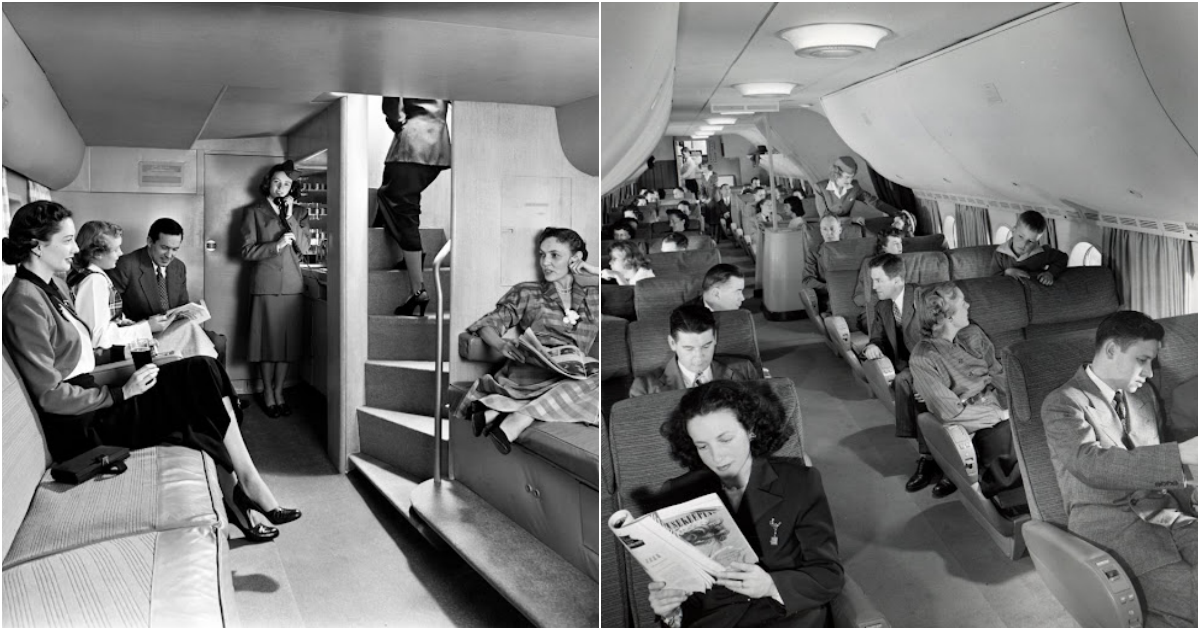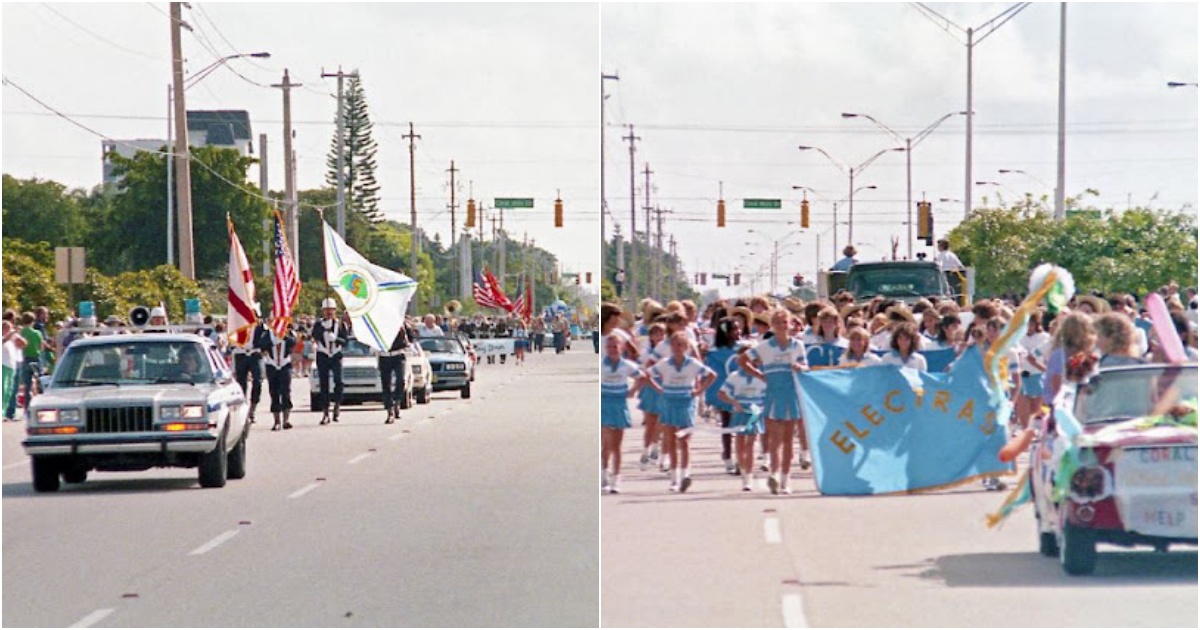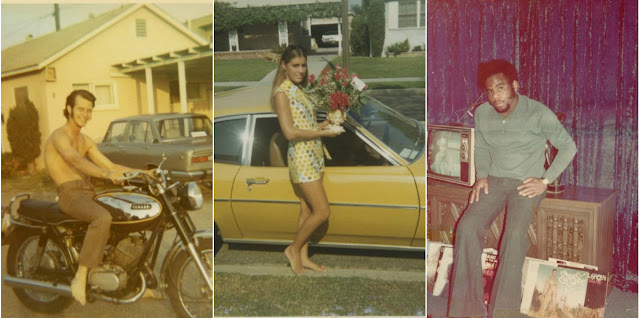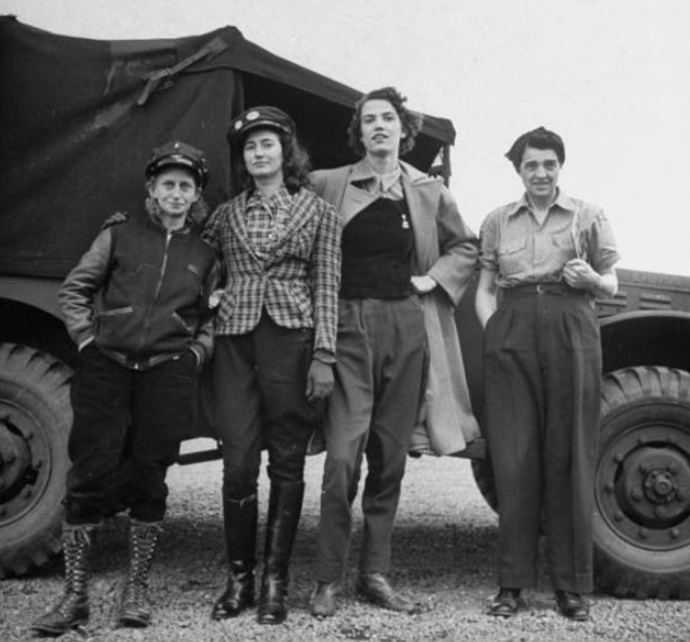
A Greyhound bus from Washington, D.C. to Pittsburgh.
In 1942, twenty-one-year-old Esther Bubley, accepted a position with the Office of War Information (OWI) in Washington, D.C. to work as a darkroom lab technician.
The OWI had recently absorbed the Farm Security Administration (FSA) and their stable of legendary documentary photographers, including Dorothea Lange, Jack Delano, and Russell Lee, among others.
The OWI had shifted the focus of the photographers’ assignments away from rural poverty to various facets of the war effort, including aircraft factories and broader aspects of American infrastructure such as railroads.
In 1943, the agency sent Bubley on a six-week bus trip to document the country’s transition between the Great Depression and World War II.
Public transportation had seen a sharp increase in ridership with wartime rationing of rubber and gasoline, and Bubley’s unassuming demeanor and inclination for photographing ordinary people and daily life paired well with the close quarters of bus travel.

Passengers wait to board a Greyhound bus at a small town in Pennsylvania.
“Put me down with the people, and it’s just overwhelming,” Bubley once exclaimed in an interview. On assignment, she rode crowded buses throughout the country, using her square format Rolleiflex camera to capture intimate and empathetic images of bus riders on routes throughout the Midwest and the southern United States.
As her bus loaded in Washington, D.C., that September, the driver started punching tickets at the back of the crowd where Bubley had been waiting, so she got a front seat.
She wrote in an essay about her trip, “Across the aisle, two boys of about twelve and fourteen were hoisting their bags onto the rack. A middle-aged woman came in and sat down with me, then turned toward the back and started asking her daughter if she would like trying the front seat.
‘We’re going sightseeing in Gettysburg,’ she explained, ‘and I don’t want her to miss anything.’ Daughter had discovered a soldier, however, and was quite satisfied with a seat near the back.”

The Greyhound terminal in Pittsburgh.
Bubley wrote of the people, “Most passengers, traveling a long distance, seemed to be on vacation. Several were just ‘seeing the country.’ A large share of the vacationing people were going to or from Army camps to visit sons, boyfriends and husbands.”
She added that there was also a lot of local traffic: “Children ride the bus from farms and small towns to school, people living in the country and working in town hail the bus on the highway daily.”
A number of the photographs offer stark reminders of racial segregation and the realities of the era. Much of Bubley’s recognition rests on her work from this early assignment, which remains an elegant and sincere look at life in 1940s America.
Bubley later revisited the sphere of interstate travel in her award-winning 1947 photo essay Bus Story.
Outside of her contributions to the OWI, Bubley worked with numerous magazines and corporate clients during the course of her career, including Life magazine, UNICEF, Standard Oil Company, and Pepsi-Cola.
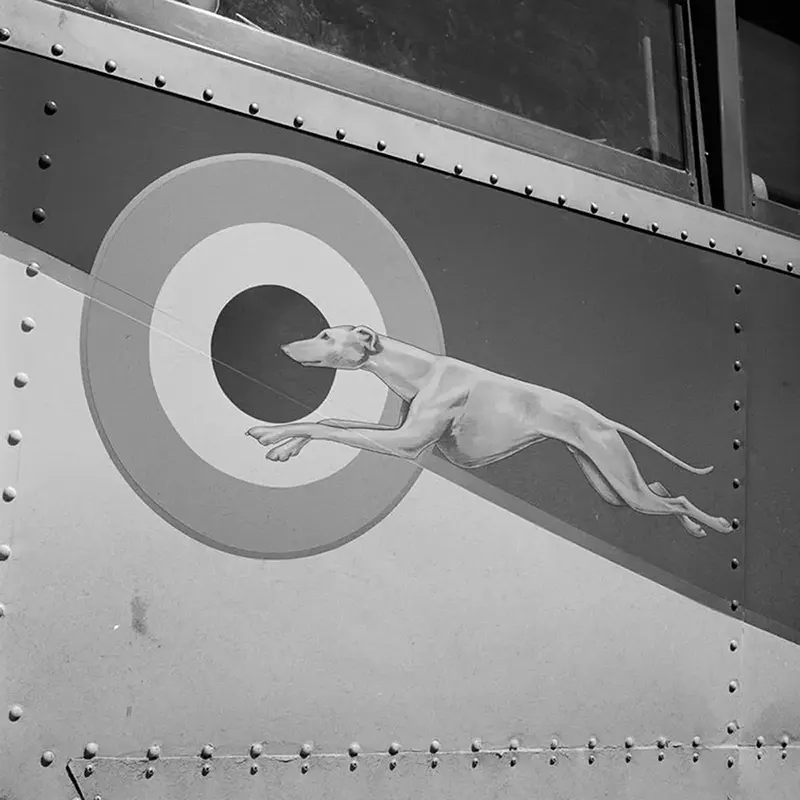
A Greyhound bus in Columbus, Ohio.

Greyhound drivers kill time between runs at the station in Columbus, Ohio.

A Greyhound station in Indianapolis.

A woman waits for a bus at the Greyhound terminal in Pittsburgh.

At the Greyhound terminal in Cincinnati.

A soldier sleeps in a luggage rack on a bus from Cincinnati to Louisville.
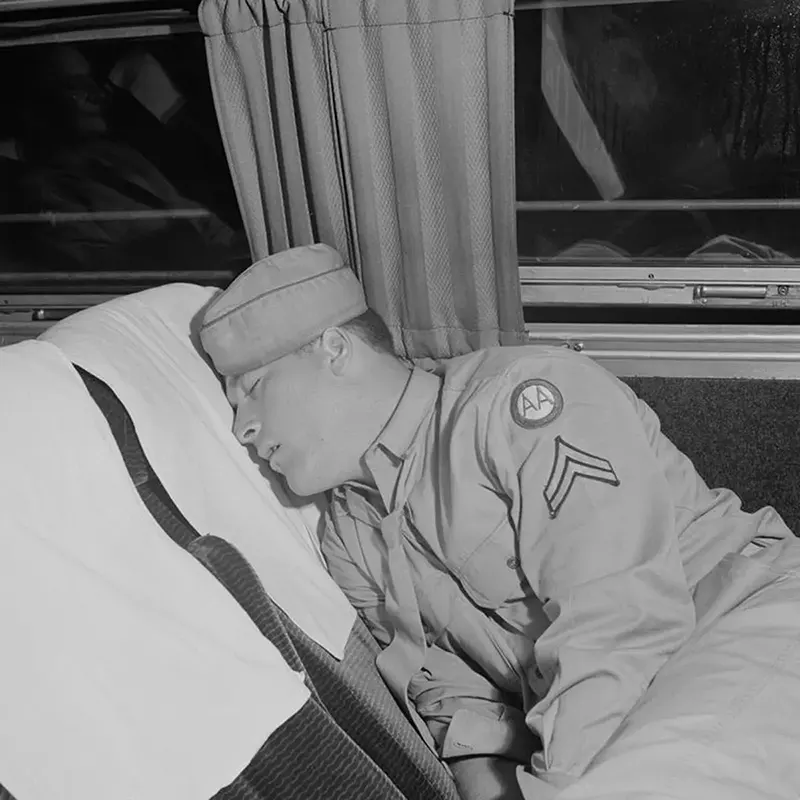
A soldier sleeps on a bus from Cincinnati to Louisville.

Sailors purchase Greyhound tickets in Chicago.
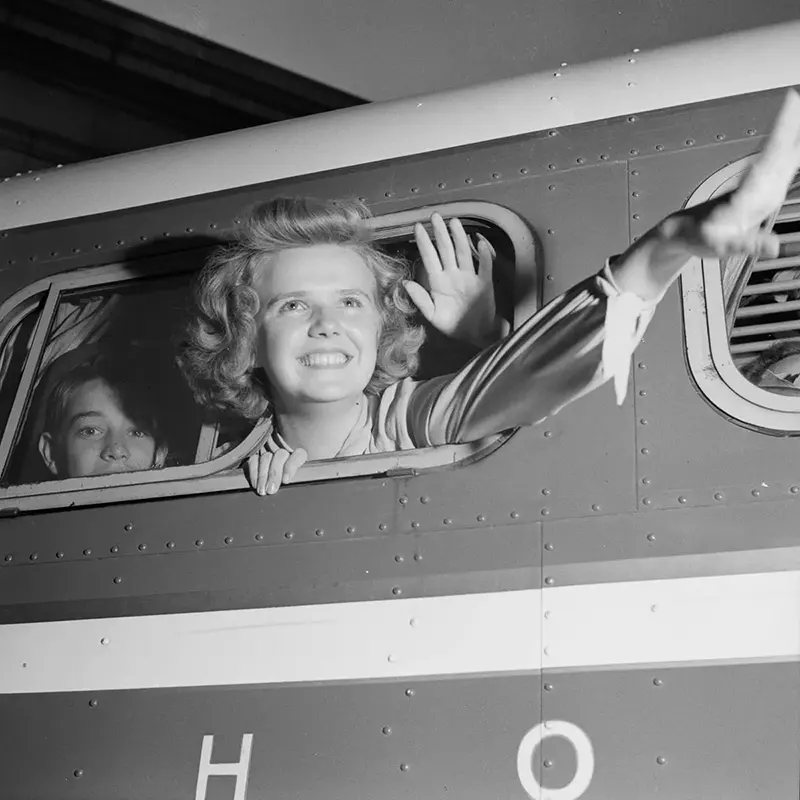
A daily student commuter on a Greyhound bus from Louisville to Memphis.
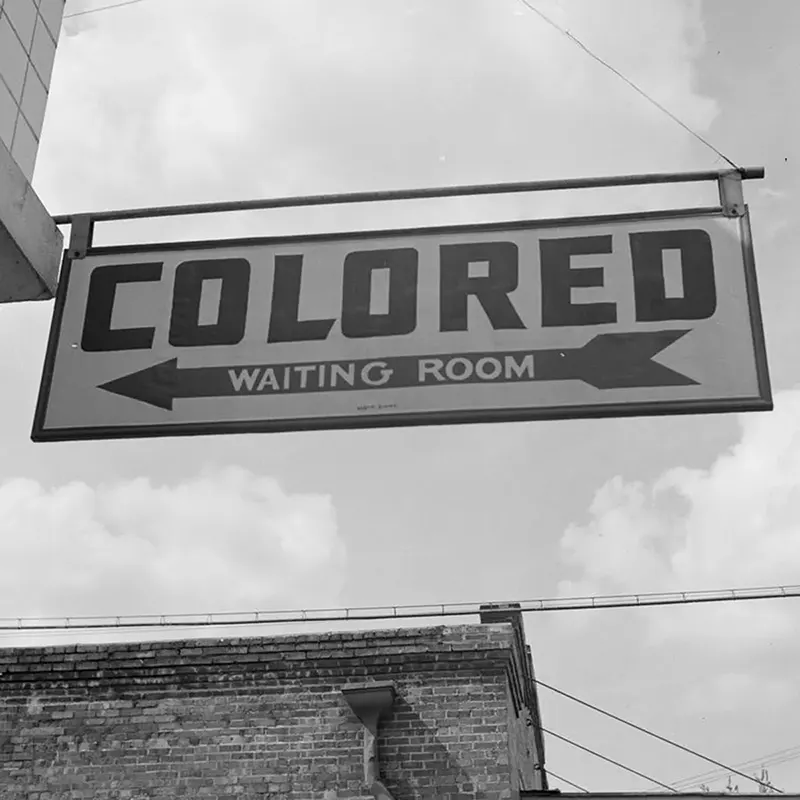
The Greyhound station in Rome, Georgia.

Passengers on a bus from Louisville to Nashville.

Passengers board Greyhound buses in Cincinnati.
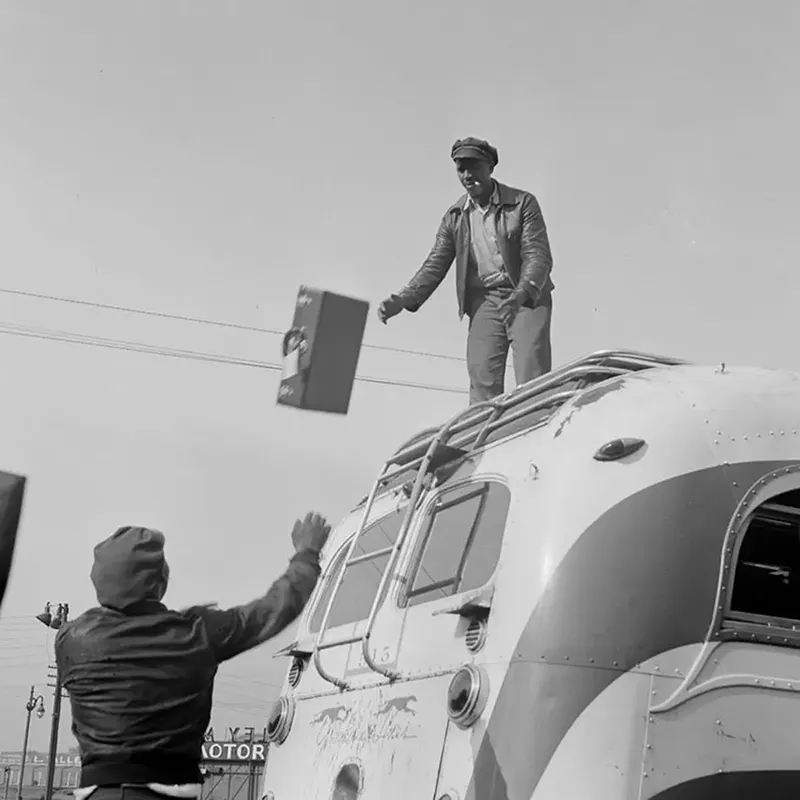
Porters load luggage on a bus in Chattanooga.

Passengers board buses at the Memphis Greyhound station.

A Greyhound driver checks tickets in Columbus, Ohio.
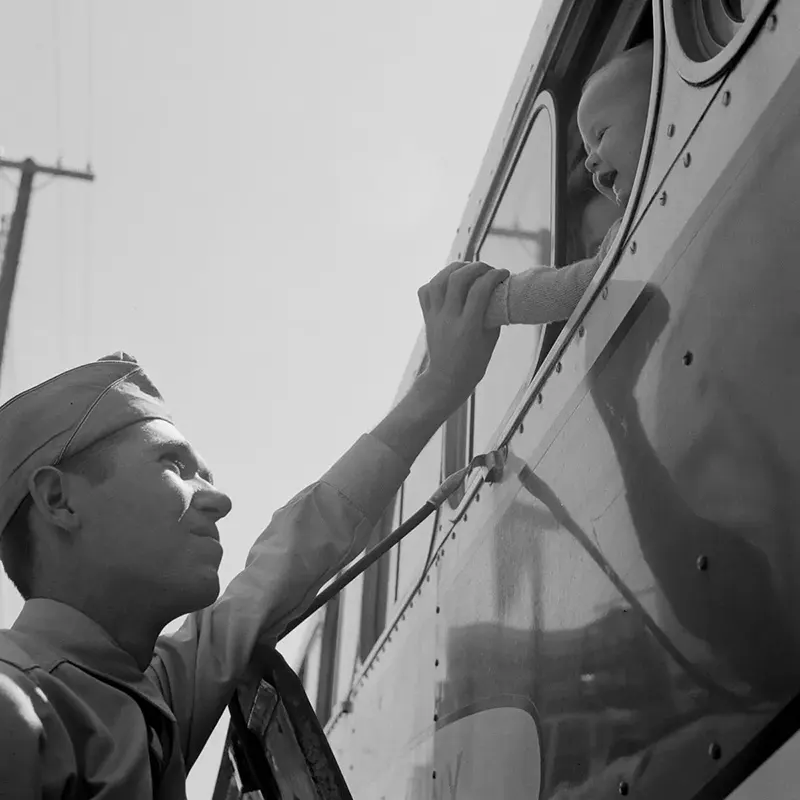
A bus departs from Knoxville, Tennessee for Washington, D.C.

A Memphis-Chattanooga Greyhound bus.
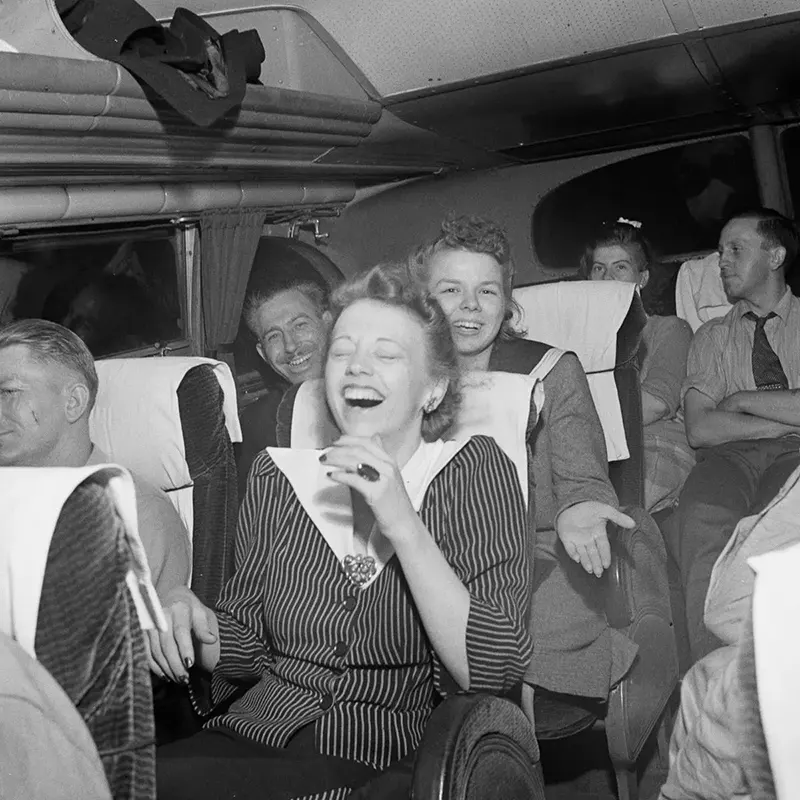
Passengers tell jokes on the way from Pittsburgh to St. Louis.
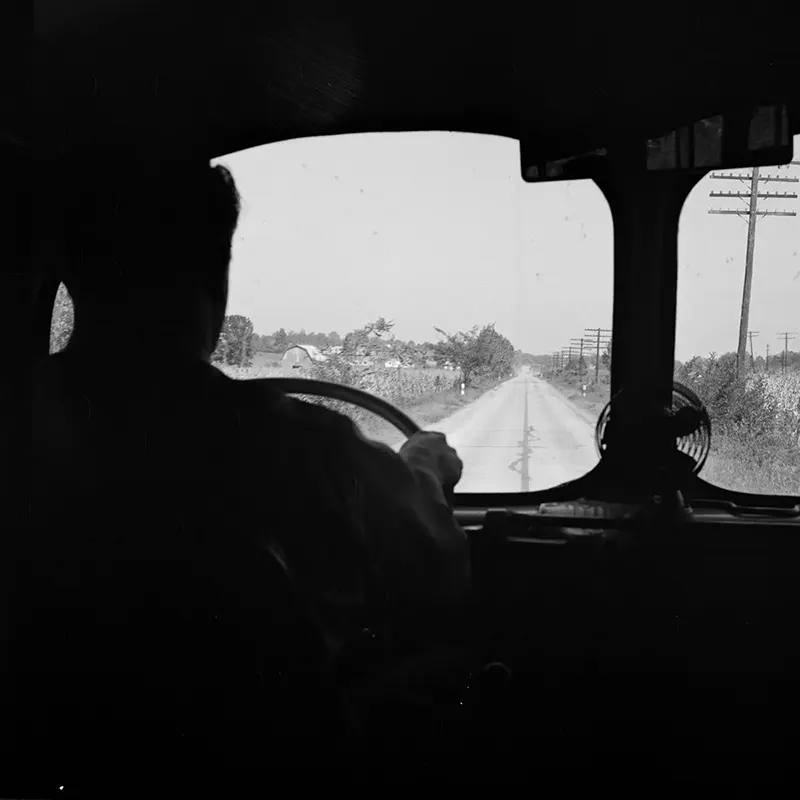
A bus en route from Knoxville, Tennessee to Washington, D.C.
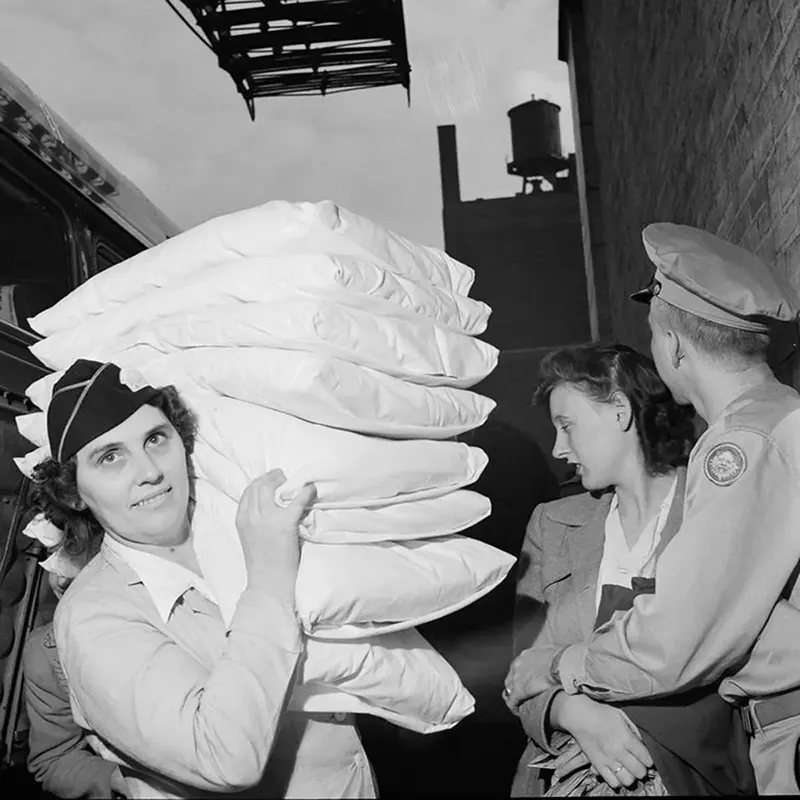
A pillow girl at the Greyhound terminal in Chicago.

A mother and daughter who sell pillows to travelers in Knoxville.
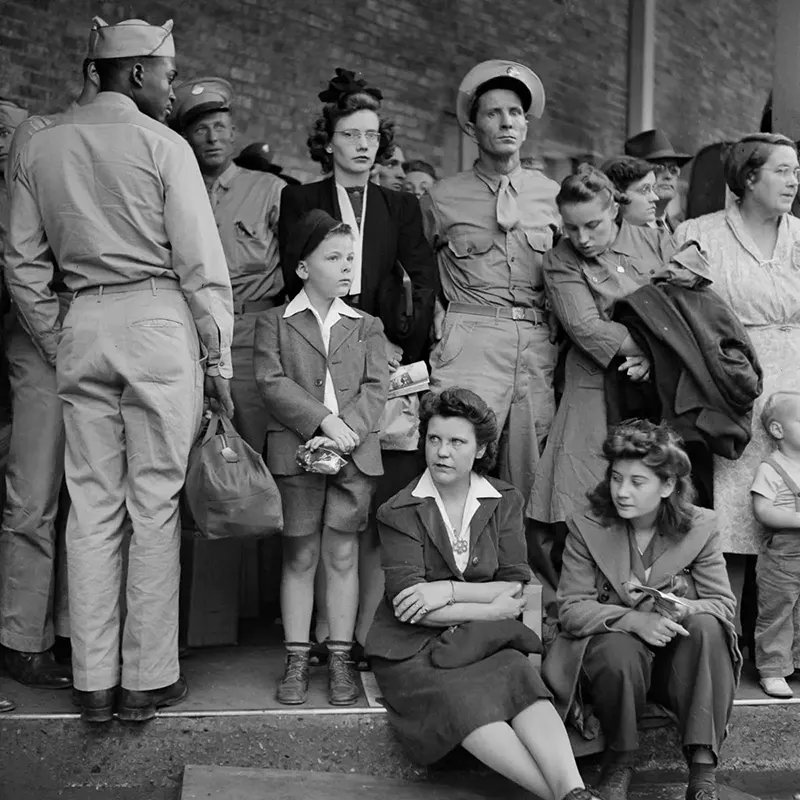
Passengers wait for a bus at the Memphis terminal.

A student waits for the bus in a small town in Tennessee.

A schedule at a bus depot in Ohio.
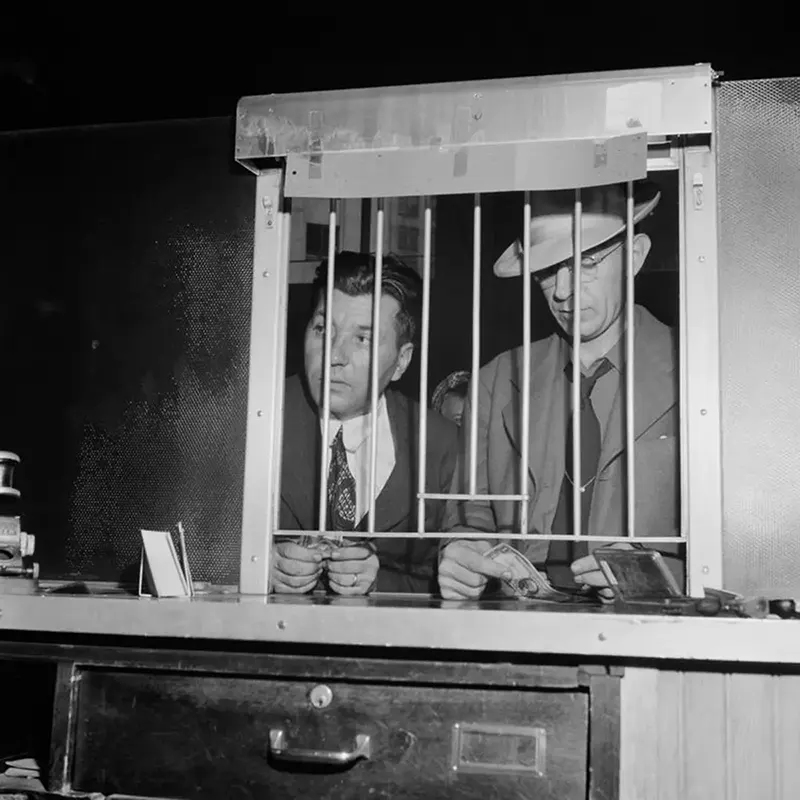
Men buy Greyhound tickets in Pittsburgh.
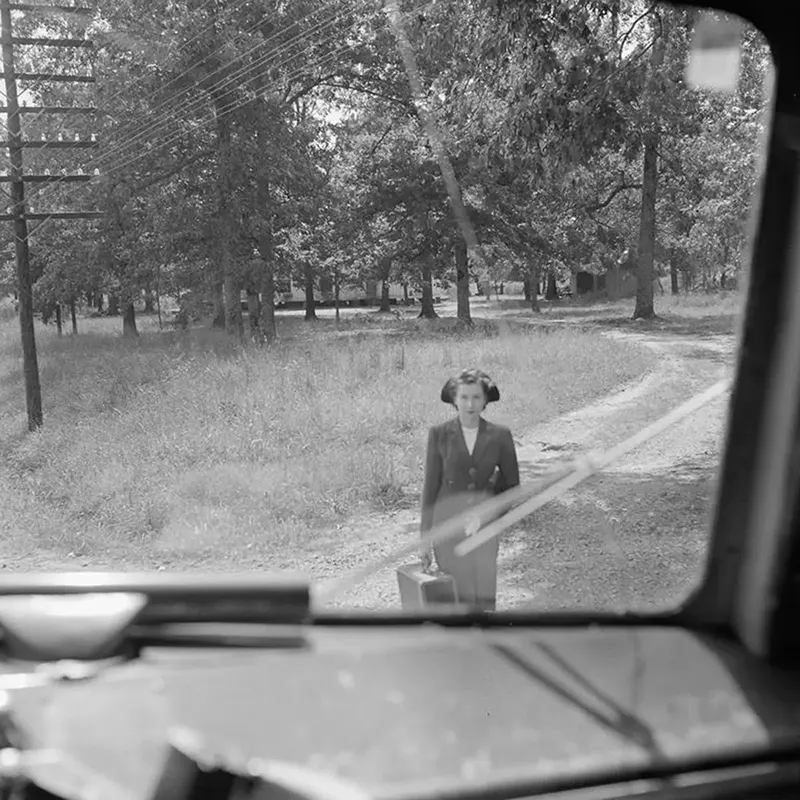
A woman waits for a pickup between Louisville and Memphis.

The Greyhound station in Gettysburg, Pennsylvania.

A woman hails a Macon-bound bus on a highway in Georgia.
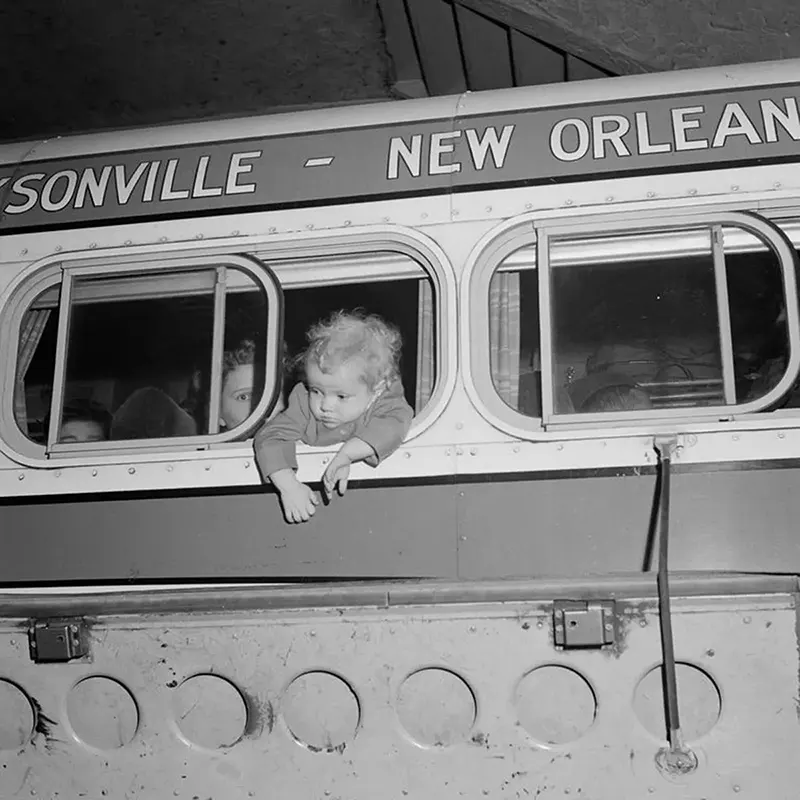
A young passenger on a Tennessee Coach Company bus in Knoxville.

A sailor and child wait for a Greyhound in Memphis.
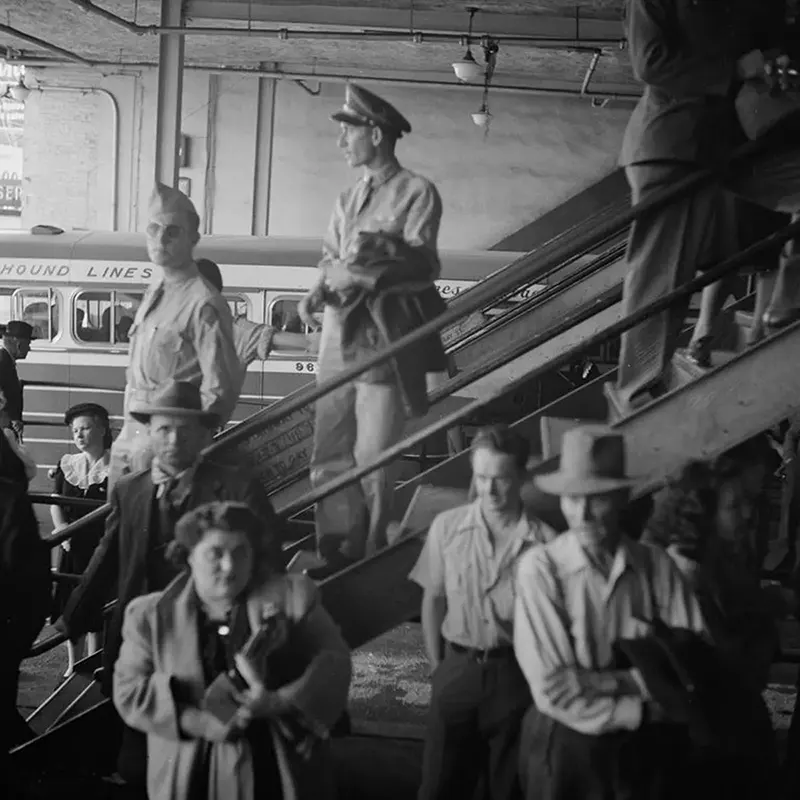
Passengers wait to board a bus from Knoxville, Tennessee to Washington, D.C.

The Greyhound terminal in Pittsburgh.

Passengers wait to board a bus from Knoxville, Tennessee to Washington, D.C.

A worker who cleans buses at the Greyhound garage in Pittsburgh.

A worker mops a bus at the Greyhound garage in Pittsburgh.

A worker cleans the windshield of a bus at the Greyhound garage in Pittsburgh.

A passenger watches luggage being unloaded from a bus that broke down in a small town in Pennsylvania.
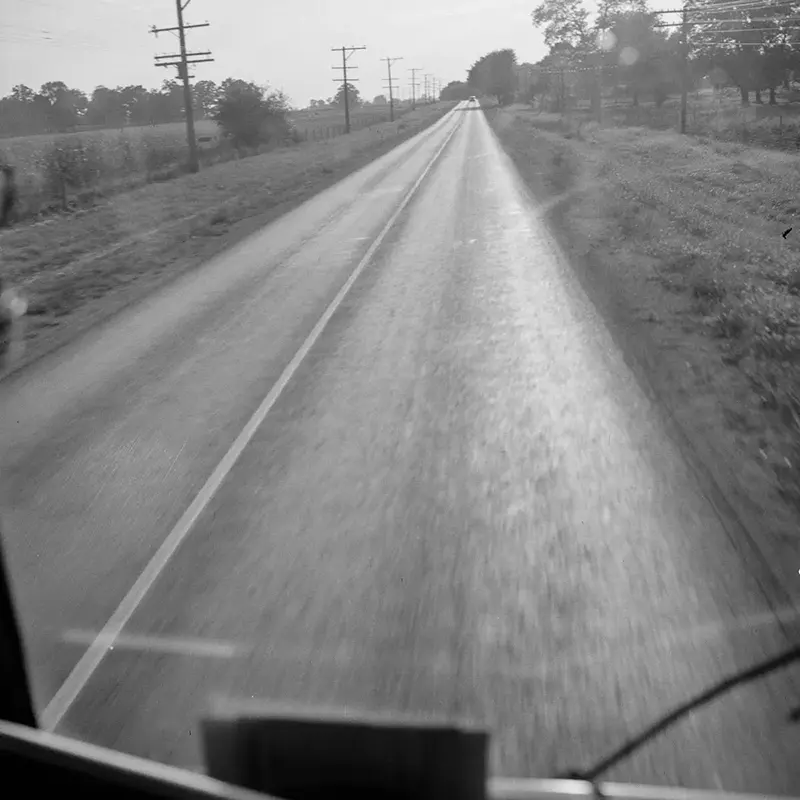
On the road from Columbus to Cincinnati.
